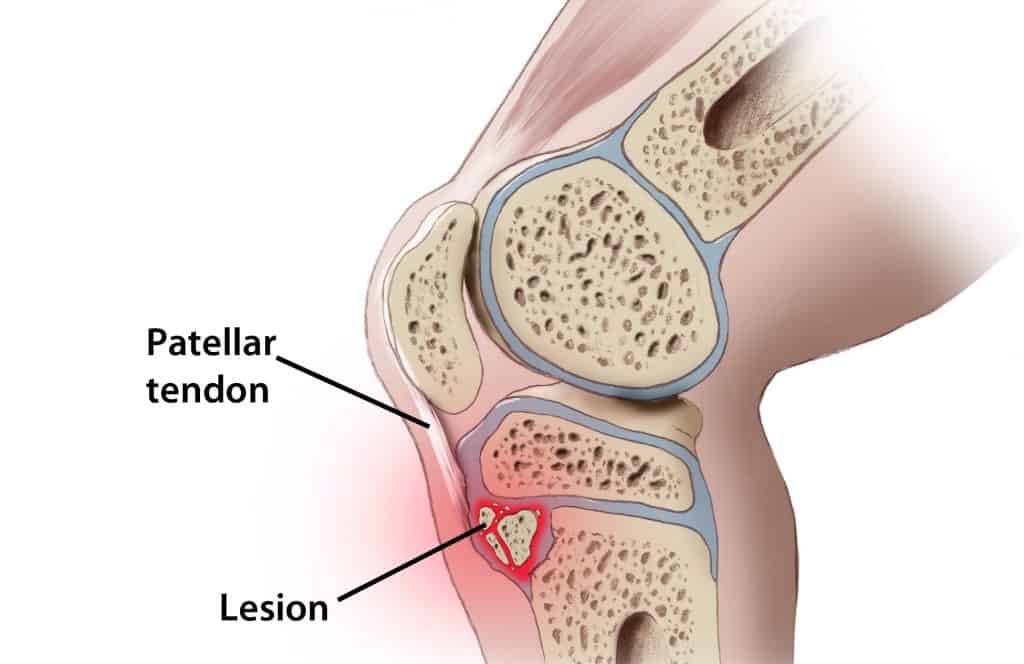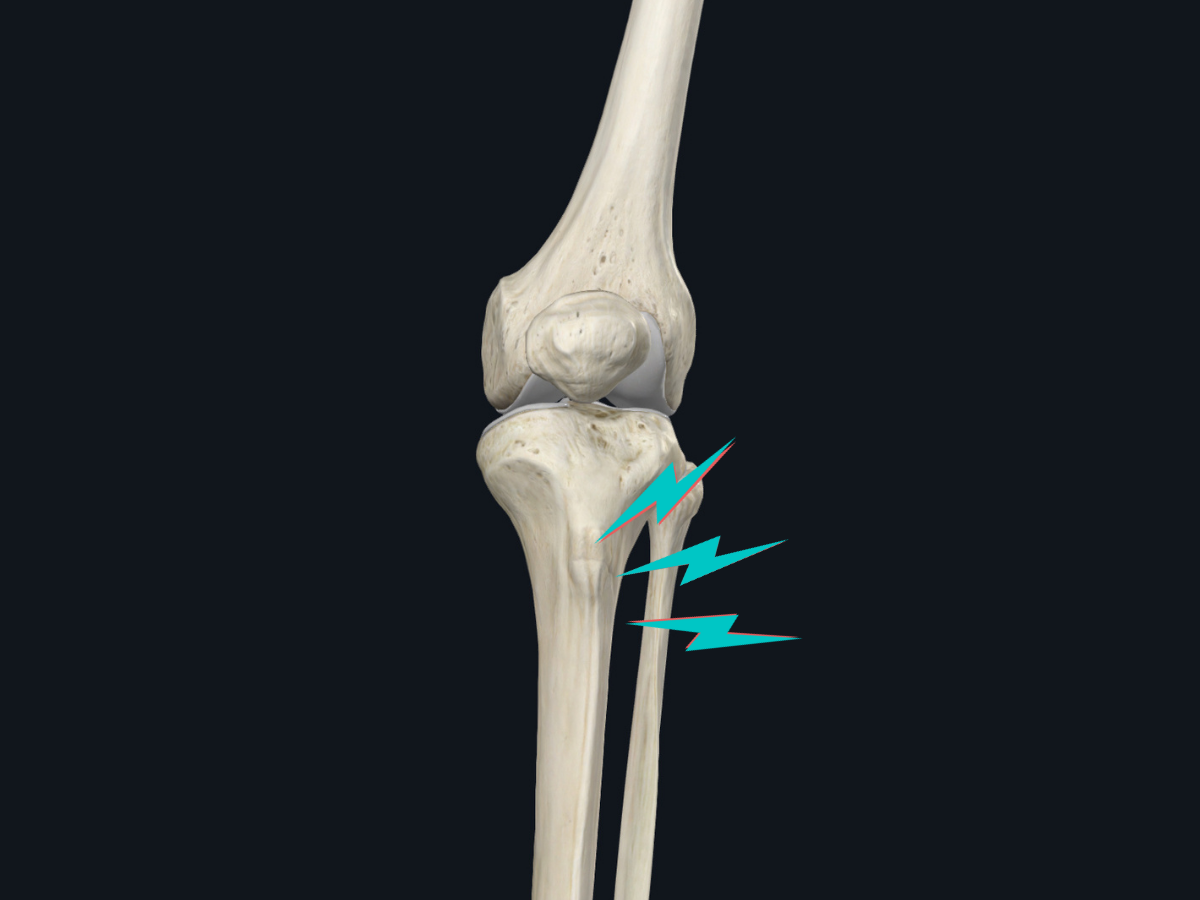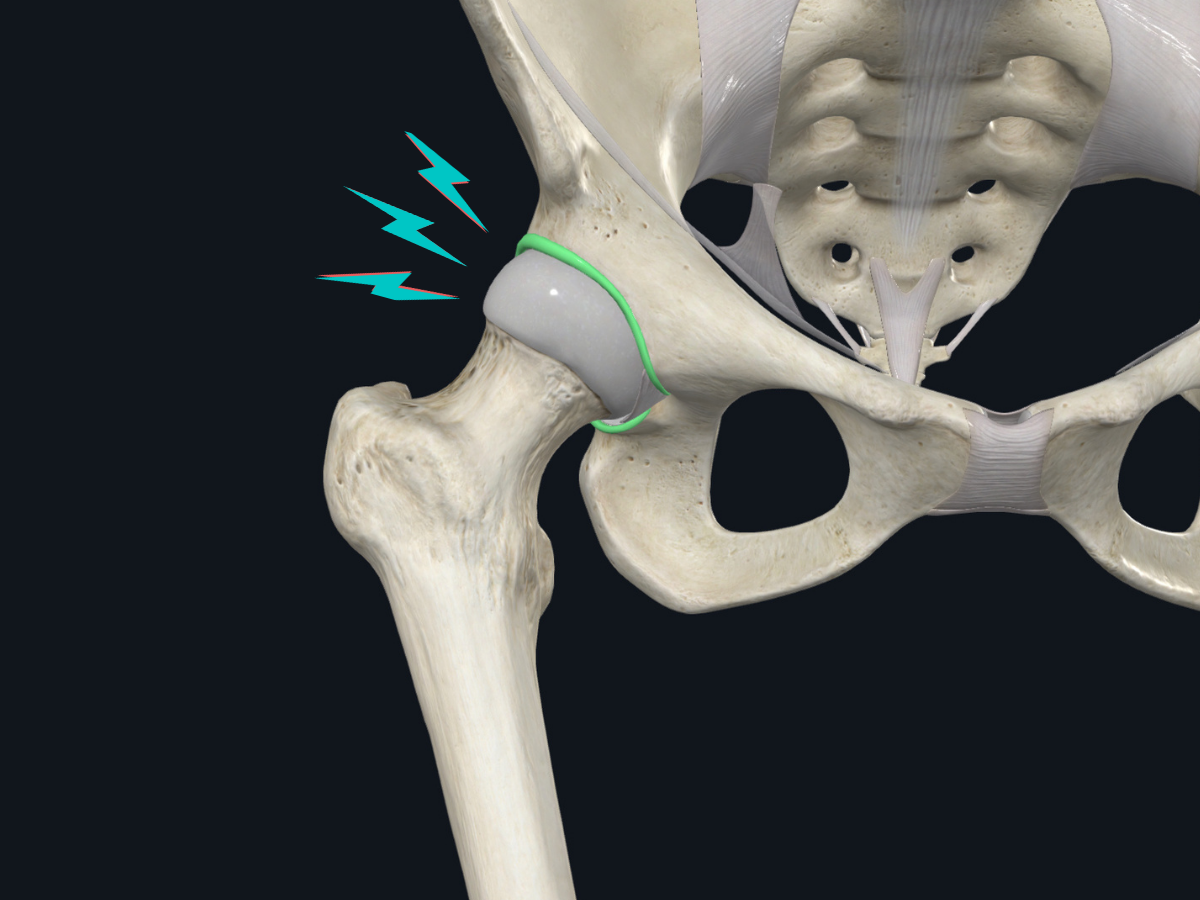What is Osgood-Schlatter Disease?

- Also known as osteochondrosis or traction apophysitis of the tibial tubercle
- A painful bump where the patellar tendon connects to the tibia (top of shin bone)
- Repeated tension on the apophysis (growth plate) at the top of the tibia, due to the strong pull of the quadriceps muscles
- Usually caused by high force/torque placed on the area (e.g. frequent running/jumping)
Who gets it?
- Adolescents: Boys age 10-15, Girls age 8-12
- Often coincides with a growth spurt
- Symptoms generally resolve once growing stops and the growth plate fuses
What are the symptoms of Osgood-Schlatter Disease?
- Gradual onset of pain
- Pain to touch the bone below the kneecap
- Pain with running, jumping, going up and down stairs
- Pain slowly resolves with rest
- Pain with kneeling
- Decreased power or weakness around the knee
Do I need imaging for Osgood-Schlatter Disease?
- Osgood Schlatter is usually diagnosed based on symptoms
- Oftentimes, x-ray is normal. Sometimes an increase in bone growth in the area can be seen on x-ray
How can therapy help my knee pain?
- Advice on modifying certain activities based on your specific case
- Assessing movement and strength of the knee and surrounding areas to determine any imbalances
- Providing exercises to help improve strength and flexibility, and help you return to your activities




.png)
